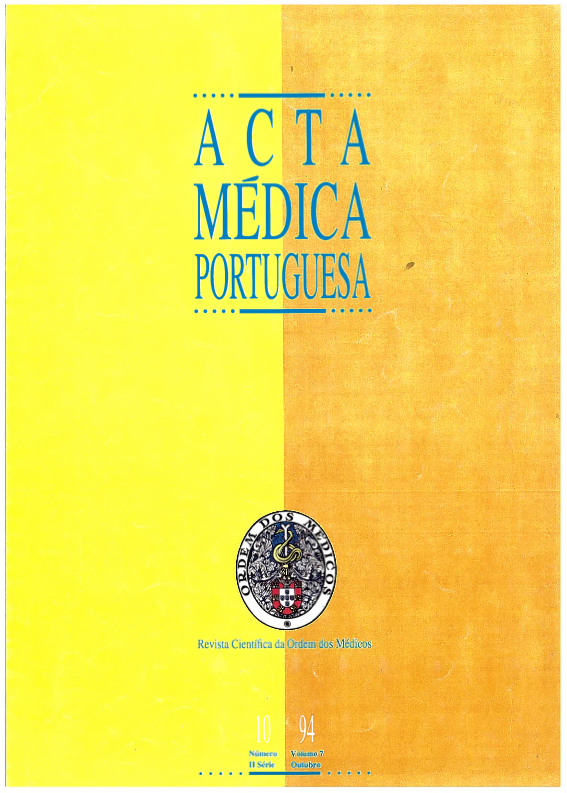Thoracic drainage tubes.
DOI:
https://doi.org/10.20344/amp.2971Abstract
The invasive procedures handled by the pulmonologist in the diagnosis of lung disease have greatly expanded over the last decade (transbronchial, percutaneous or thoracoscopic pulmonary biopsy and needle aspiration). The growing number of intensive care units with facilities in mechanical ventilation and hemodynamic support has also modified the approach of the critically ill patient. Pneumothorax and hemothorax are well-known complications related to these diagnostic and therapeutic techniques. Other areas of interest and up-to-date are diagnostic thoracoscopy in pleural disease, chemical pleurodesis in patients with pneumothorax or malignant pleural effusion, and the administration of intrapleural fibrinolytics in the treatment of empyema. This evolution implicates that the pulmonologist and the intensivist be skilled in the management of chest tubes. In this article we review the indications, some technical topics and the principal complications related to the placement of thoracic drains.Downloads
Downloads
How to Cite
Issue
Section
License
All the articles published in the AMP are open access and comply with the requirements of funding agencies or academic institutions. The AMP is governed by the terms of the Creative Commons ‘Attribution – Non-Commercial Use - (CC-BY-NC)’ license, regarding the use by third parties.
It is the author’s responsibility to obtain approval for the reproduction of figures, tables, etc. from other publications.
Upon acceptance of an article for publication, the authors will be asked to complete the ICMJE “Copyright Liability and Copyright Sharing Statement “(http://www.actamedicaportuguesa.com/info/AMP-NormasPublicacao.pdf) and the “Declaration of Potential Conflicts of Interest” (http:// www.icmje.org/conflicts-of-interest). An e-mail will be sent to the corresponding author to acknowledge receipt of the manuscript.
After publication, the authors are authorised to make their articles available in repositories of their institutions of origin, as long as they always mention where they were published and according to the Creative Commons license.









